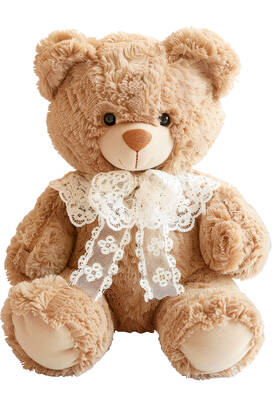Taiwanese singer Ed Wang first put his name on the music map with his outstanding performances on the singing competition TV series “Sing! China” in 2017, and his stirring vocals were greatly praised by pop diva Na Ying and other judges in the music show. After a wait of three years, the singer finally released his first EP last month.
Wang’s new EP encompasses different genres ranging from rock to R&B, jazz, Latin and rap. Growing up in a music-loving family — his father loves Chinese opera and his mother is a fan of Western music — Wang says that his music style is a mixture of East and West. Inspired by his idol David Tao, Wang’s use of melisma has become a characteristic feature in his songs.
Wang has also released a photo book, titled “Wedding Night,” in which he shows of his physique. The 26-year-old singer hopes to, through the best-selling book, record his youth and share it with his fans.

Photo: Chen Yi-chuan, Liberty Times 照片︰自由時報陳奕全
(Eddy Chang, Taipei Times)
台灣歌手王振諾於二○一七年,首次在歌壇嶄露頭角,參加熱門歌唱比賽節目《中國新歌聲》表現出色,深情嗓音贏得歌后那英和其他導師高度讚賞。在三年多的等待之後,他終於在上個月推出了首張迷你專輯!
這張迷你專輯融合了不同曲風,包括搖滾、節奏藍調、爵士、拉丁、甚至饒舌。他透露,由於爸爸喜愛聽京劇,媽媽喜愛聽西洋歌曲,從小在熱愛音樂的家庭裡長大,造就了他中西合璧的音樂風格。而受到偶像陶喆啟發,王振諾歌曲中的「轉音」亦成為迷人的個人特色。
他同時還推出《洞房花燭夜:王振諾寫真》,大秀性感身材。這位二十六歲歌手說,希望透過這本暢銷書,自己能為青春做個紀錄並和粉絲分享。
(台北時報張聖恩)

If you’ve recently spotted adults parading around with cuddly toys dangling from their designer handbags, your eyes haven’t been deceiving you. The playful trend of adorning bags with cute charms has become popular among people of various ages. Plushies like Labubu and anime and manga characters such as Chiikawa have become must-have accessories that make personal statements. The practice of attaching charms to personal items has been common across cultures throughout history. In ancient civilizations, charms were often used as symbols of protection, good luck, or identity. Fast-forward to more modern times, and style icons like Jane Birkin, a

A: So you’re reading Jin Yong’s martial arts novel again? B: Yup, Jin’s novels are so fascinating, especially the trilogy: “Legends of the Condor Heroes,” “Return of the Condor Heroes,” and “Heaven Sword and Dragon Saber.” A: The late novelist published his first story in 1955, which means this year marks the 70th anniversary of his “wuxia” world. B: Wasn’t an English version of “Legends of the Condor Heroes” also released in 2018? A: Yes, but the debate over the translation of kung fu moves continues — like the evil move “Nine Yin Skeleton Claw.” A: 你又在重讀金庸的武俠小說啦? B:

A: Apart from Jin Yong, the late martial arts novelists Liang Yusheng and Gu Long were also very popular. B: Wasn’t Liang a pioneer of the “new school” wuxia genre in the 20th century? A: Yup, I really like his Tianshan mountain series. All the characters — such as the “White Haired Demoness” — are so vivid. B: The roles in Gu’s books are lively, too — like the “Fragrant Commander” Chu Liuxiang. A: And the TV drama adapted from the Chu Liuxiang series swept across Taiwan in the 1980s, with ratings surging over 70 percent at that time.

Continued from yesterday(延續自昨日) https://www.taipeitimes.com/News/lang If plushie charms are cute little nods to people’s interests, ita bags are full-on declarations. The term “ita” comes from the Japanese word itai, which means “painful” and reflects the overwhelming visual intensity of these bags. An ita bag is essentially a handbag, backpack, or tote meticulously decorated with an extensive collection of merchandise dedicated to a specific character or idol. These bags usually feature a clear plastic window to display carefully arranged pins, badges, keychains, or fan art. Both the interior and exterior may be covered in fandom memorabilia, creating an aesthetic so intense that it’s almost “painful”